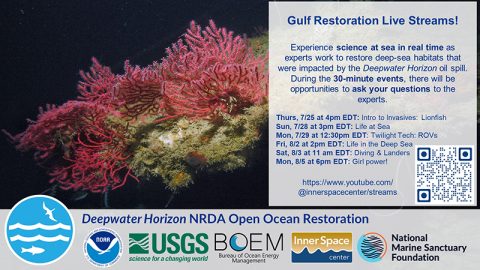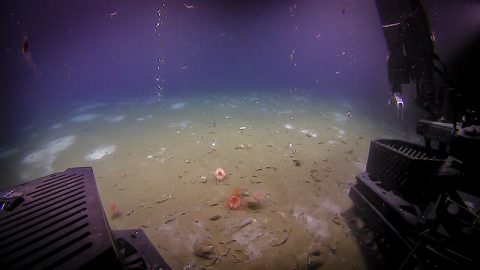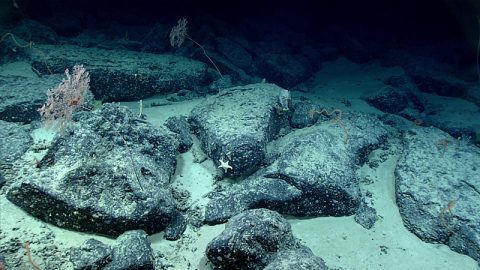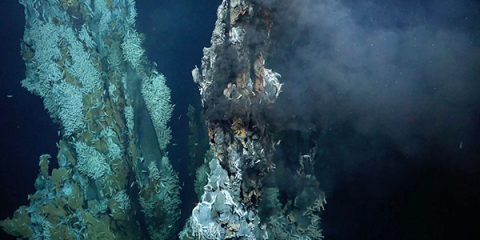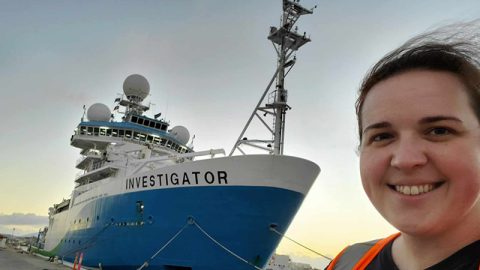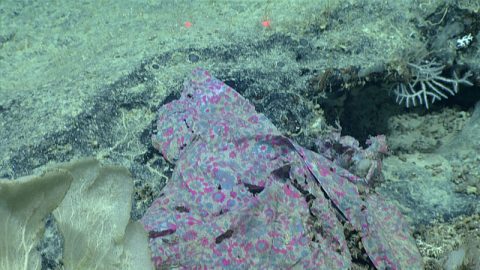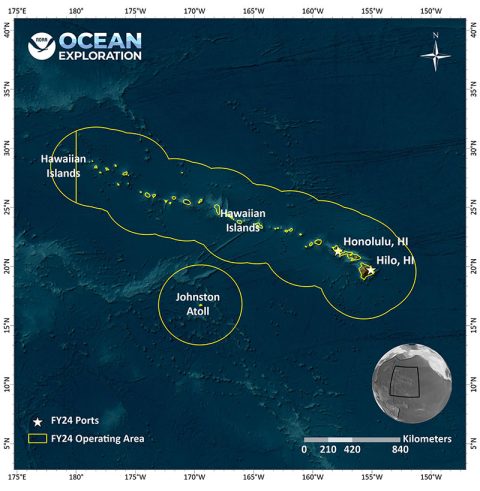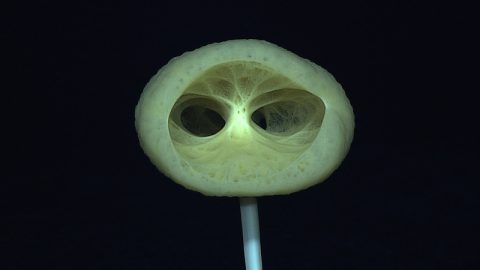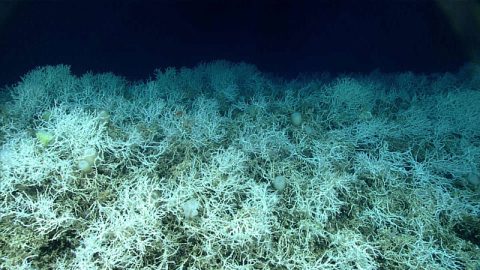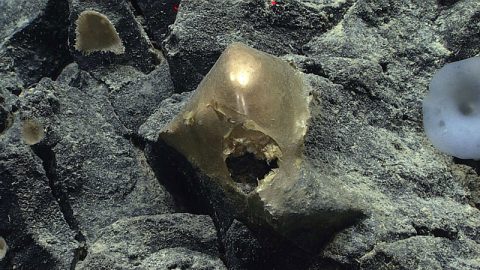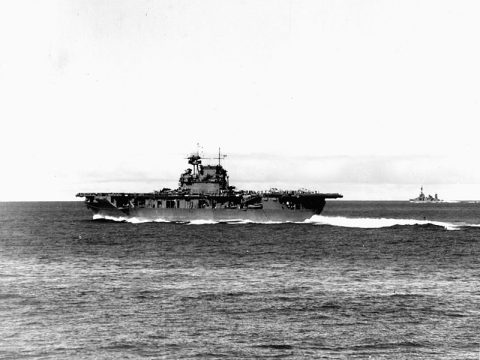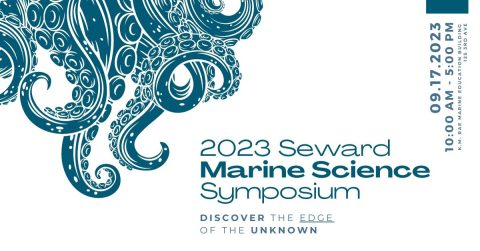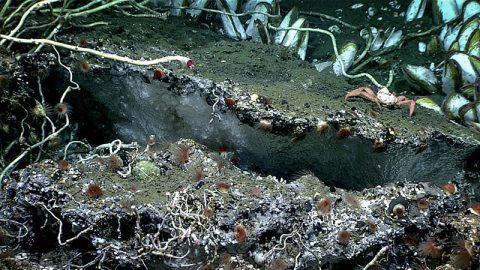News
News and information updates from NOAA Ocean Exploration and partners.
Ocean exploration is a dynamic and exciting field. New discoveries and explorations, advances in technology, and important findings in deep-ocean science happen all of the time. Below, you’ll find stories highlighting news and information from NOAA Ocean Exploration and partners, including recent accomplishments and announcements as well as information about upcoming events and activities.

